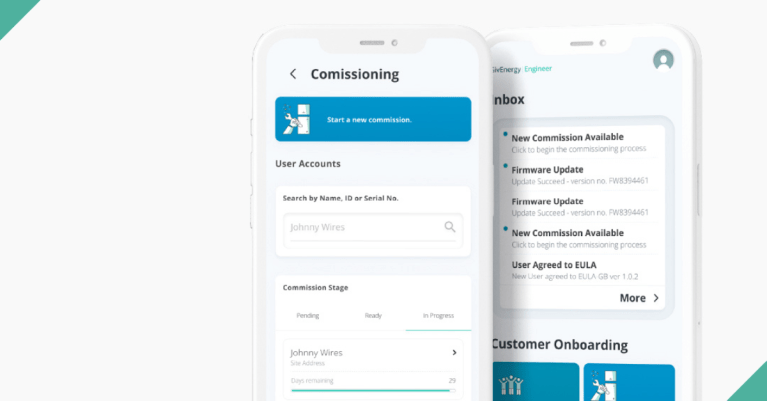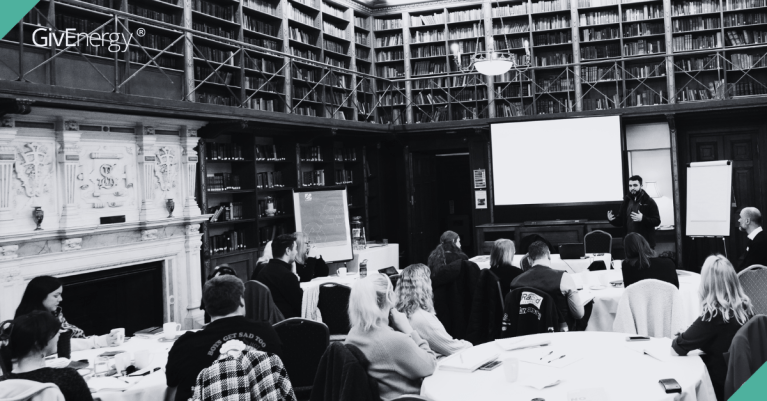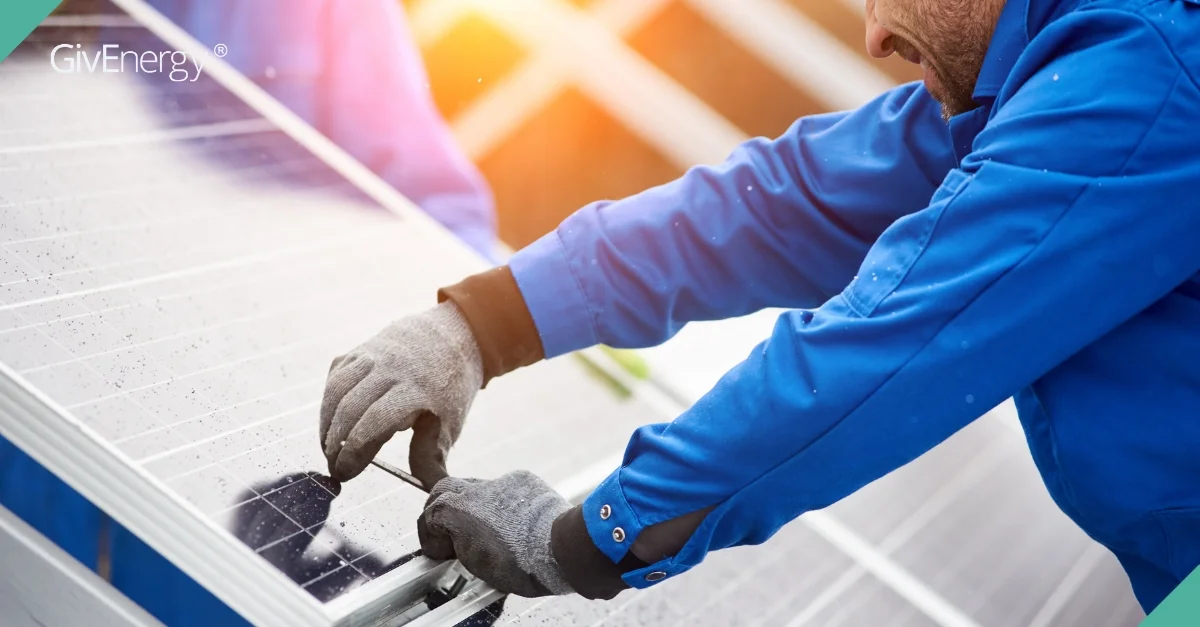Questions answered in this article:
- What is energy as a service?
- Why is energy as a service a game-changer?
- How does energy as a service empower consumers?
Energy used to be a simple game. You use x-amount of gas or electricity, and get billed by your supplier, accordingly.
Energy as a service, or EaaS, is changing that.
Consumers are becoming increasingly savvy about the how, when, and at what cost they use energy.
So, what is EaaS and why is it a game changer in energy? How does EaaS empower consumers?
Read on to find out the answers to these questions and more.
EaaS: a game-changer in the energy landscape
Let’s wind the clock back to a simpler time.
You get home after work during a cold winter’s day. You heat your home, you use various household appliances – washing machine, dishwasher, TV, etc. Then, at the end of the month, you pay your energy bills.
Simple.
Nowadays, billpayers could consider asking a few questions, such as:
- How can I use greener energy?
- How can I store energy at cheaper rates to be discharged later during peak hours?
- How can I generate my own renewable energy?
- How can I monitor my energy usage?


These kinds of questions have fuelled the rise of EaaS.
So, what is EaaS?
Energy as a service (EaaS) is a delivery model that combines hardware, software and services. Importantly, EaaS solutions should go beyond mere energy provision.
They should, for example, combine demand management and energy efficiency services, facilitate the adoption of renewables (and other decentralised supply sources), and also optimise the balance between demand and supply.
Examples include a blend of:
- Energy monitoring – smart meters, energy monitoring software (apps and portals), etc.
- Smart tariffs – offering cheaper energy at non-peak hours
- Installation of renewable technology – mainly solar panels and wind turbines – with the means to track and export generated energy
- Installation of battery storage technology – something GivEnergy knows a thing or two about
- Energy marketplaces and sellback schemes
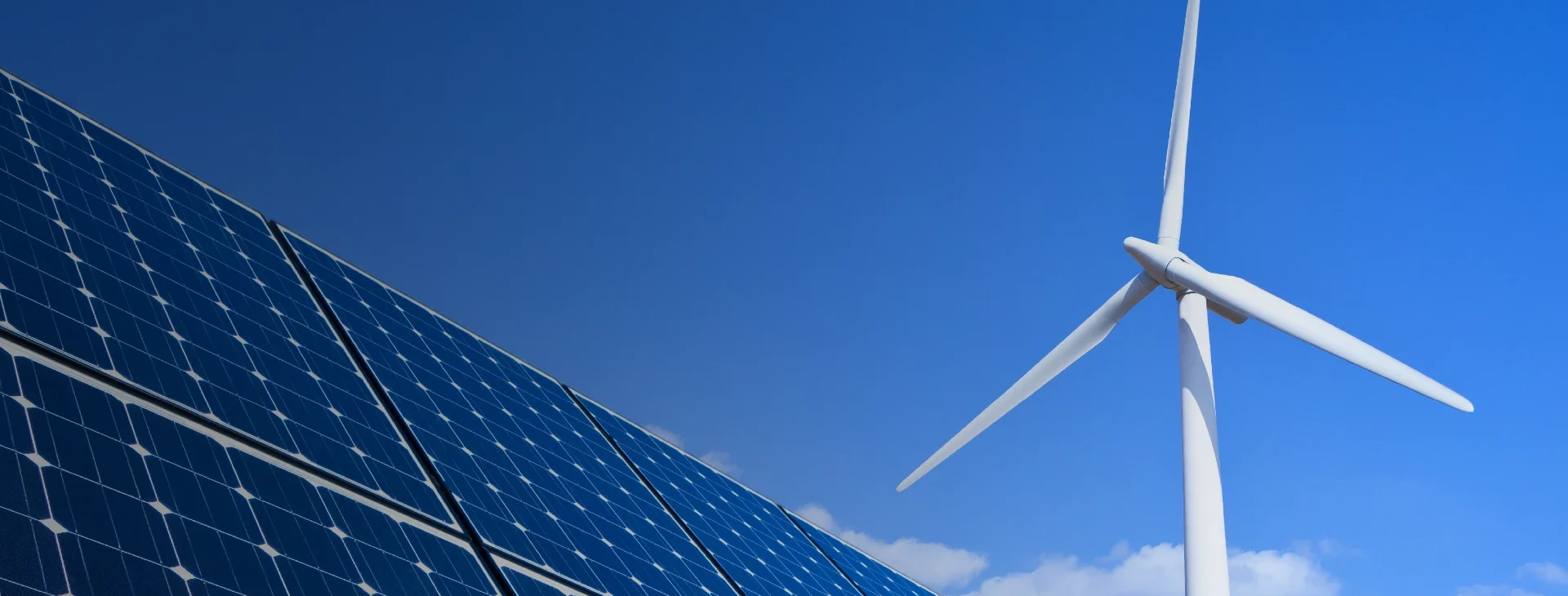

As well as increasingly savvy billpayers, the rise of EaaS has also been fuelled by the move towards renewable energy as part of net-zero carbon targets.
In fact, as you’ll find out below, cutting bills and carbon emissions tend to go hand in hand.
3 ways EaaS empowers consumers
1. Energy monitoring
Keeping a close eye on energy use and cutting out waste has become commonplace for billpayers looking to save money and cut carbon emissions.
Energy monitoring is a form of EaaS which has been growing for more than a decade.
Take smart meters for instance – a service that billpayers can use to accurately monitor their energy usage.
In 2022, the number of smart meters worldwide reached more than 1 billion, a 10-fold increase since 2010. In Great Britain alone, that number was 32.4 million at the end of March 2023.
Nowadays, means of monitoring energy usage have expanded.
For example, a GivEnergy customer can use both the app and the portal to see in real-time how much energy is being drawn from which sources – renewables, storage battery and the grid.

Moreover, this energy monitoring software can be integrated with smart meters, smart tariffs, and smart plugs to monitor individual devices.
2. Installation of renewable technology and battery storage
Households and businesses generating their own renewable energy would have seemed far-fetched not so long ago.
Nowadays, it’s increasingly normal.
The latest numbers show that around 1.3 million UK households have installed solar panels. A wind turbine for home is also a viable option for some.

While generating your own renewable energy is commendable, there’s another piece of the puzzle that many people miss out: battery storage.
Without it, renewable energy often goes to waste due to the hour-to-hour variability of solar and wind.
By installing a storage battery, you can store the energy you generate for later use, such as during the evening after you get home from work.
Even without your own renewable technology, a storage battery is still worth considering, especially if you’re on a smart tariff (more on this below).
Internal data from GivEnergy shows that on average per year, customers cut their energy bills by 85% and their carbon emissions by 300kg.
3. Smart tariffs and opportunities to profit from energy
This where EaaS gets really fun.
Grids are increasingly under strain worldwide. One report from the International Energy Agency suggests that by 2040, around 80 million kilometres of grids will need to be replaced or added to meet climate targets and support energy security.
Strain comes especially during peak times, such as early in the morning and in the early evening.
Smart tariffs are a way to encourage customers to shift their energy use by offering cheaper rates during off-peak hours and more expensive rates during peak hours.
One example of this is the Octopus Flux tariff offered by Octopus Energy.
Super cheap rates are offered between 2-5am, while peak rates are offered between 4-7pm.
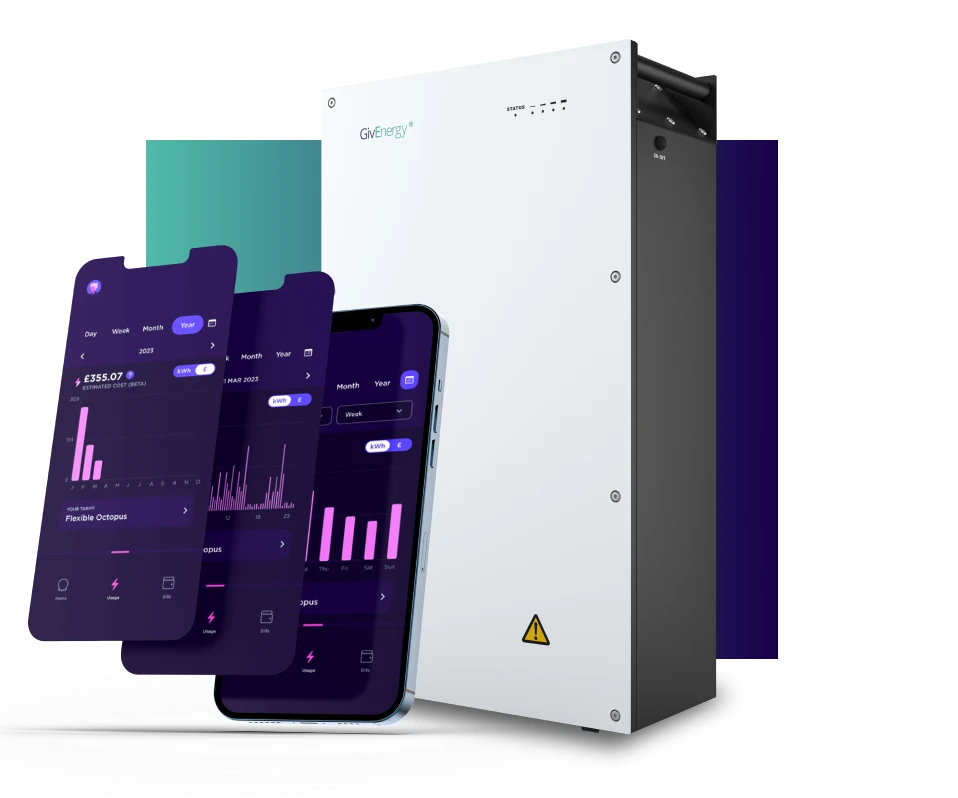
In partnership with GivEnergy, customers can charge their battery during cheaper off-peak hours and discharge during peak hours, helping to save on your bills and reduce strain on the grid.
While smart tariffs are great for saving on energy bills, there are also ways customers can make money by selling energy back to the grid.
For those generating their own renewables, excess energy can be sold back to the grid under the UK government’s Smart Export Guarantee (SEG) which has been in place since January 2020.
But you don’t necessarily need to generate your own renewables to sell energy back to the grid.
During winter months, GivEnergy customers benefit from GivBack – a scheme operated in partnership with Axle Energy. Here, excess energy stored in GivEnergy batteries is sold back to the grid when it’s under strain. (And at a rate of up to £2.10 per kWh!)
At last count, some 4,000 customers took part in the GivBack scheme with 9.1mWh sold to the grid – enough to power an EV for 32,760 miles.
In short, EaaS can be both a money saver and a money spinner.
More than just providing energy
It’s not an understatement to say that EaaS has been a game changer when it comes to energy.
As the UK continues on the road to net zero and customers continue to look for ways to save on their bills, EaaS is only set to grow.
The next time you think of energy, don’t just think of power plants, gas, coal, renewables, etc. Think of smart tariffs, renewable technology, storage batteries, energy monitoring and selling energy back to the grid.
If you want to get a piece of the EaaS action, consider a storage battery for your home or business. Start your journey today by finding an approved GivEnergy installer.
Further reading
- GivEnergy partners with Octopus Energy on new smart tariff set to slash consumer bills
- Home wind turbine vs solar panels: which do I need?
- Smart tariffs and home storage batteries: a match made in heaven
- Introducing GivBack: A new way to earn cash from your battery this winter
- GivBack Q&A with GivEnergy CIO Rob Taylor & Axle Energy CEO Karl Bach


